On a continental scale, a third of all goals in major European competitions in recent years were scored by either foreign-born players or those from immigrant families. These footballers account for almost half of the players in the continent’s national teams. Of the 2,600 professional players in the five top European leagues – England, Spain, Italy, Germany and France – 800 are expatriates born and recruited in an often Muslim country, and another 500 are immigrants or their descendants.
In doing so, he would put a dent in Kurdistan’s status as a football outcast. Kurdish players are international stars and Kurdish clubs dominate the Iraqi league, but the Kurdish flag flies only at the VIVA World Cup, a tournament that operates by a different set of standards to those of FIFA. VIVA competitors are teams that hail from a tribal area, an agricultural province, an occupied nation, a semi-autonomous region, an ancient city-state, a disenfranchised minority enclave or a nation that is not recognised by football’s international governing body. “The goal is ideological,” says Jean-Luc Kit, vice president of the New Federation Board, VIVA’s organiser. “It’s about allowing peoples to exist through sport.”8 In VIVA, Iraqi Kurds, who are the closest to statehood than Kurds have ever come, and hosted the VIVA tournament in 2012, join fellow aspirant nations, such as Provence, the former Roman province of Raetia in Switzerland, Occitania, the Western Sahara, Darfur, Northern Cyprus, Zanzibar and Greenland – a country that FIFA does not recognise in part because it is too cold to grow adequate grass there.
If Dalkurd advances into the UEFA Europa League, the club would also achieve another goal: it would symbolise Kurdish integration into Sweden in much the same way that the country’s two other top performing immigrant teams from the industrial town of Södertälje, 35 km south of Stockholm, did for the Assyrian/Syriac community. Ironically, the split among Assyrians in Södertälje, where they account for a quarter of the population, over how to refer to their community in Swedish – depending on whether one emphasises religion and church or the ancient national characteristics of the group – reflects the degree to which they have integrated into their adopted homeland. Assyrians, unlike Kurds, immigrated to Sweden in the knowledge that they were unlikely to ever witness the resurrection of their homeland as a national entity. “We were born here. We don’t know exactly what happened over there. Sweden is good. It is our country. We have no other country. I would never want to live in Turkey. I go there on vacation and come back. Turkey is not for our people. When we play there, they stamp our passports at the border and throw them at us. They don’t like us,” said Syriac football player Robert Massi.
The cross fertilisation goes a step further. The ultras – militant, highly organised, highly politicised, street-battle hardened football fans in Egypt and elsewhere in the Middle East and North Africa – trace their roots and model themselves on similar groups in Italy and Serbia. It was a German-Tunisian football player, Sami Khedira, who sparked the first crisis in post-revolt Tunisia between the media and the Islamist Ennahda-led government. Staff at Attounissia newspaper were arrested in February 2013 for reprinting a revealing cover of GQ Magazine on which Khedira, dressed in a tuxedo, covers with his hands the breasts of his otherwise naked girlfriend, German model Lena Gercke.
By the same token, Denmark, a country that in recent years has adopted a tougher stance on immigration, emerged as an unlikely catalyst in the acceptance of women who choose to wear the hijab on the football pitch. In 2008 the Danish Football Association backed Zainab al Khatib, a 15-year-old star striker of Palestinian origin who carried the banner in Europe for women demanding the right to play with their heads covered. Its support inspired a campaign to portray the headdress as a cultural rather than a religious symbol. That distinction ultimately persuaded the International Football Association Board, the body that governs the rules of professional football, to rule in 2012 that religiously observant women could wear a headdress that meets their cultural requirements, as well as standards of safety and security. The Danish support for Al Khatib was remarkable as it came at a time that parliaments in France, Belgium and Spain were imposing restrictions on Muslim women’s garb.
- Anne Jolis, The Swedish Model for Europe, The Wall Street Journal, 21 May 2012
- Swedish Football Association quoted by Carl Rommel, Real Play, Suryoyo identification in Sweden Through the Performative Space of Football, unpublished MA thesis, 15 September 2009, page 25
- Interview with Dalkurd Co-founder and Sports Director Elvan Cicen on 12 May 2012
- Idem
- Paul Verweel, Respect in en Door Sport, Uitgeverij SWP, Amsterdam, 2007, page 30
- M Douglas, Essays with Sociology of Perception, Routledge, London, 1982
- Verweel, idem, page 19
- Interview with the author on 1 June 2012
- Carl Rommel, Real Play, Suryoyo identification in Sweden Through the Performative Space of Football, unpublished MA thesis, 15 September 2009
- idem
- Carl Rommel, Playing with difference: football as a performative space for division among Suryoye migrants in Sweden, Soccer & Society, 2011, page 850, 12:6
- David Gardner, Middle East: Febrile and Fragmented, Financial Times, 19 May, 2012
- Interview with the author on 12 May, 2012
- 17 Charged in Footballer’s ‘Gang-war’ Slaying, The Local, 16 November 2011
- Interview with the author on May 16 2011
- Markus Flohr and Maximilian Popp, Turkey Recruits Players ‘Made in Germany’, Der Spiegel, 17 September 2010
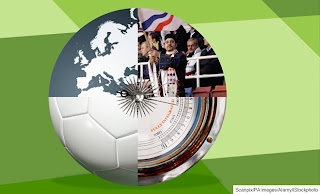
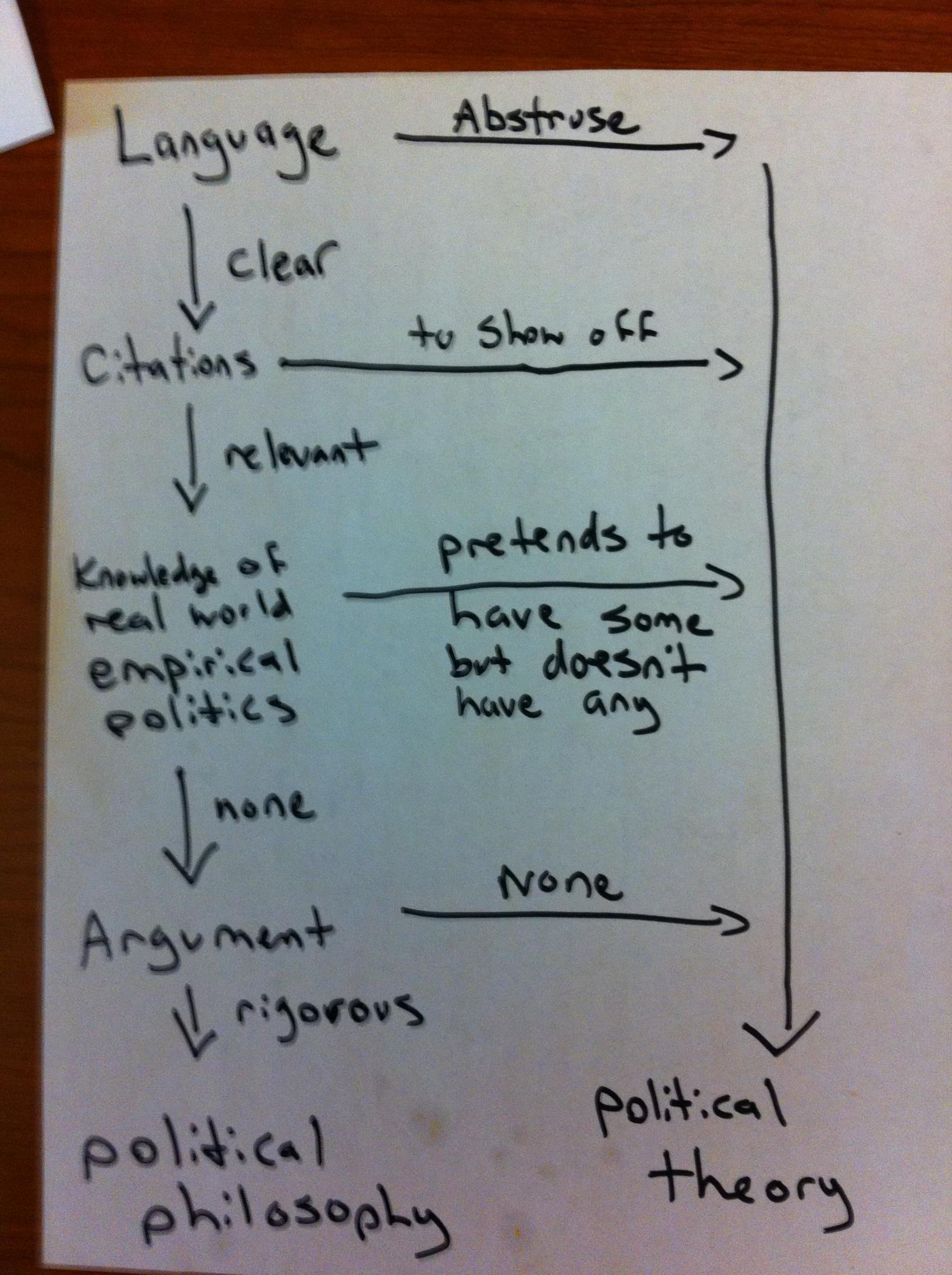


















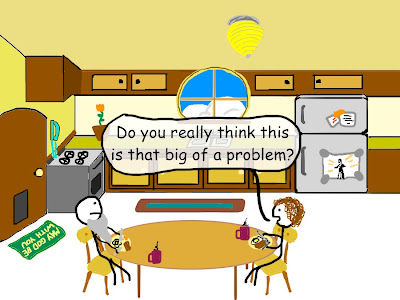








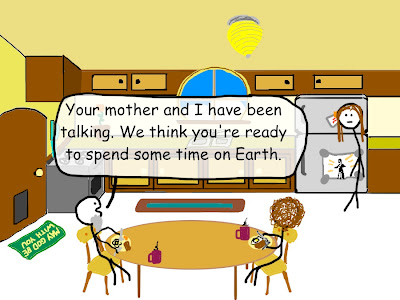



















































.jpg)









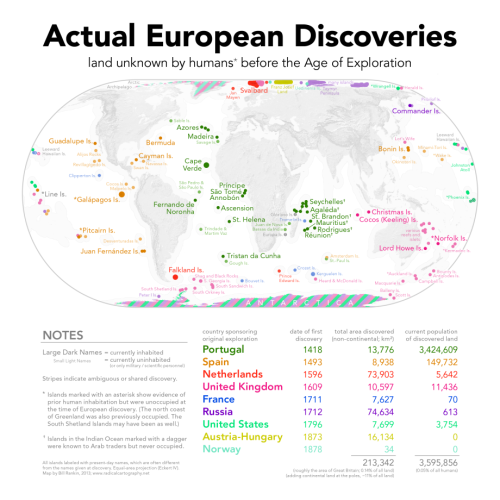
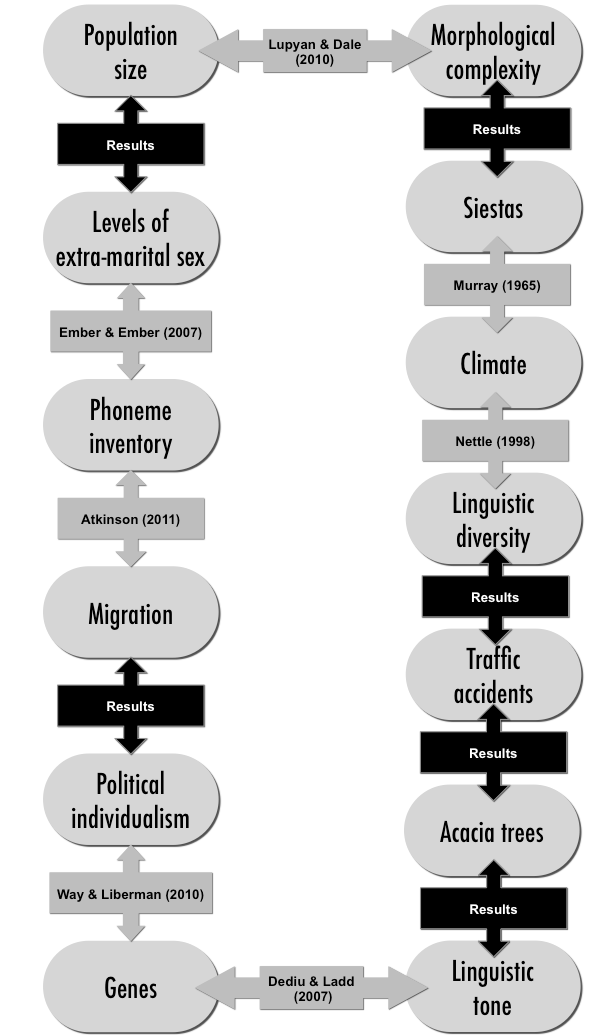

 facebook
facebook  reddit
reddit 




